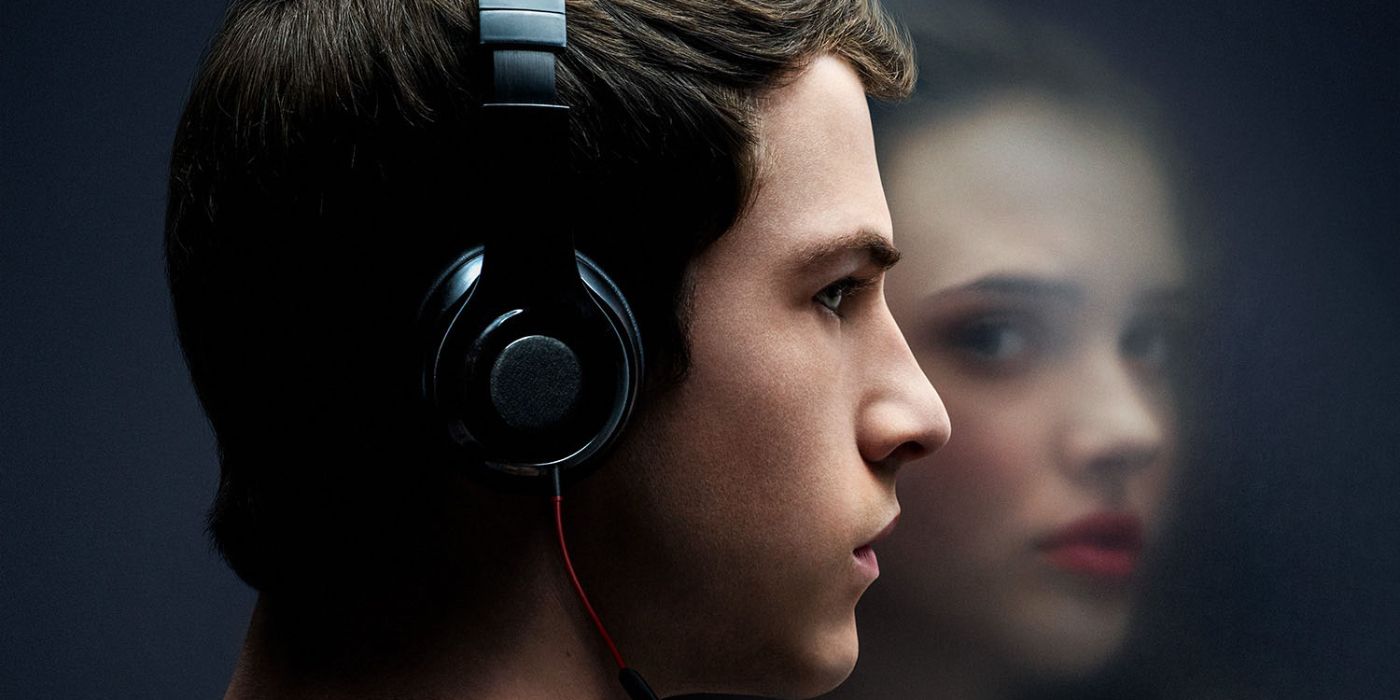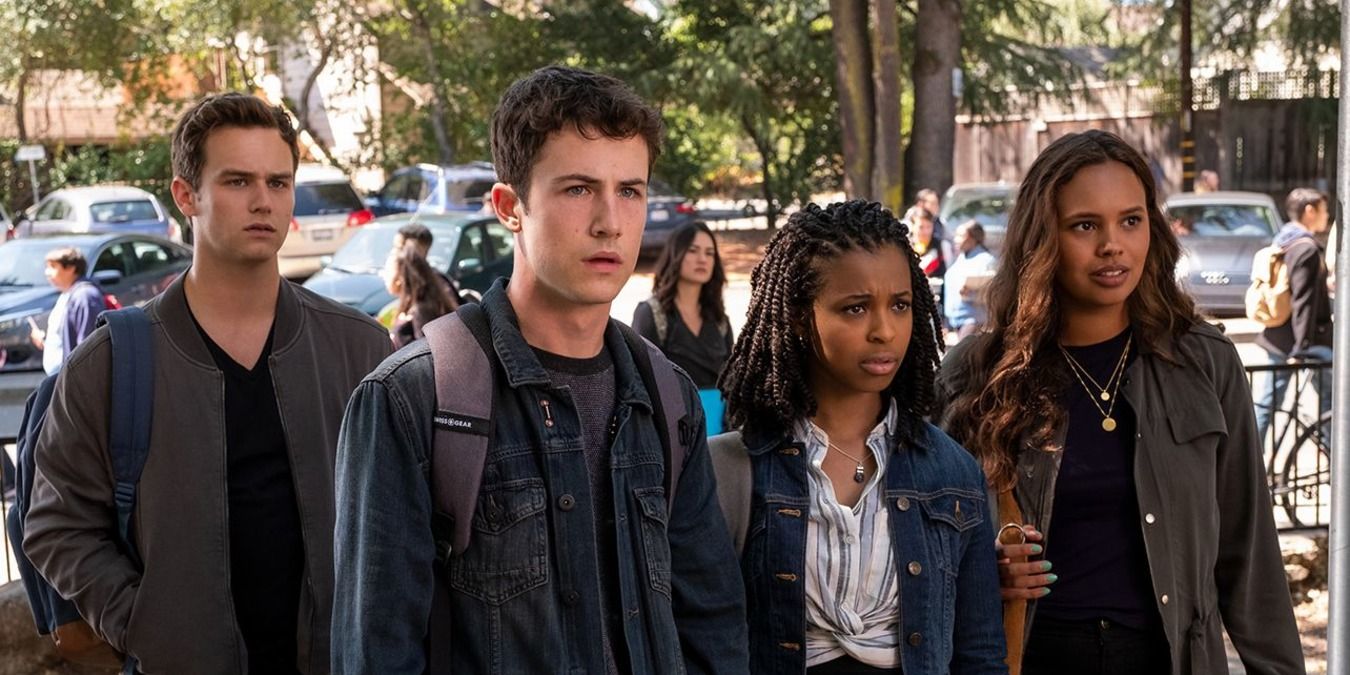Recently, Netflix released the viewing metrics of its original shows, which only proved how badly the streaming platform wasted 13 Reasons Why. Based on the 2007 Jay Asher novel of the same name, 13 Reasons Why is a Netflix YA drama revolving around the suicide of Liberty High student Hannah Baker (Katherine Langford) and its aftermath. Before her death, she left Clay Jensen (Dylan Minnette) a set of cassette tapes detailing the reasons she ended her life. Season 1 of 13 Reasons Why was released in March 2017 and was well-received by critics and audiences, pushing Netflix to renew the show for a second season (though it should be noted there were widespread criticisms that the show potentially glorified suicide).
The second season, released in 2018, focused on the fallout from the revelations of the first season, including Hannah’s parents suing the school district, her classmates testifying at the trial, more incidents of bullying, and an attempted school shooting. A year later, Netflix renewed the series and launched 13 Reasons Why season 3, despite already wrapping up Hannah’s story. In fact, the season even introduced a new character, Ani Achola (Grace Saif), as the death of Bryce Walker (Justin Prentice) was investigated. Weeks before the season 3 premiere, the drama was already renewed for its fourth and final season, dealing with Clay and his deteriorating mental health, as the students prepare for their graduation and college.
Interestingly, looking at the data presented by Netflix, the first two seasons of 13 Reasons Why made it to the platform’s list of most popular series and films. Within the first 28 days of release, the show’s season 1 garnered a total of 476 million view hours, while its season 2 reached 496 million. Based on the trend of subscribers, the last two seasons of 13 Reasons Why should have gained more viewers, similar to the other Netflix originals listed, like the sci-fi horror Stranger Things and crime drama Money Heist. However, seasons 3 and 4 of 13 Reasons Why were noticeably not included in the list, implying a dramatic decline both in its viewership and story quality. The numbers and decline show just how badly Netflix bungled the story and wasted what might have been a strong hit for years.
Viewers mostly came back for 13 Reasons Why season 2 because of the outstanding performances and storylines of its predecessor. But between Hannah returning as a ghost and a graphic depiction of sexual assault, the season received largely negative and mixed reviews, which was unsurprising given that most critics (and a number of viewers) were disapproving of its unnecessary and traumatizing plot lines. The show’s quality continued to decline, especially as season 3 attempted to humanize 13 Reasons Why's serial rapist Bryce Walker instead of shedding more light on his victims. The final season was no more spared from criticisms, labeled "a chaotic chapter that betrays what little dignity remained in the tragic lives of its central teens." (via Rotten Tomatoes)
These reviews, alongside the viewership data, proved how badly Netflix wasted 13 Reasons Why. Throughout its four seasons, it dragged itself out, with the intention of fleshing out its side characters and capitalizing on its initial success. While that might have been promising, 13 Reasons Why just offered tragic character deaths, inconsistent story arcs, and melodramatic mysteries. Additionally, for a show originally aiming to educate teenagers and start conversations about these real-world issues, unfortunately, the preceding seasons became more graphic, triggering, and yet forgettable. That is why, arguably, Netflix should have just ended 13 Reasons Why after the first season, since after all, the novel it was based on already tells a complete story.


